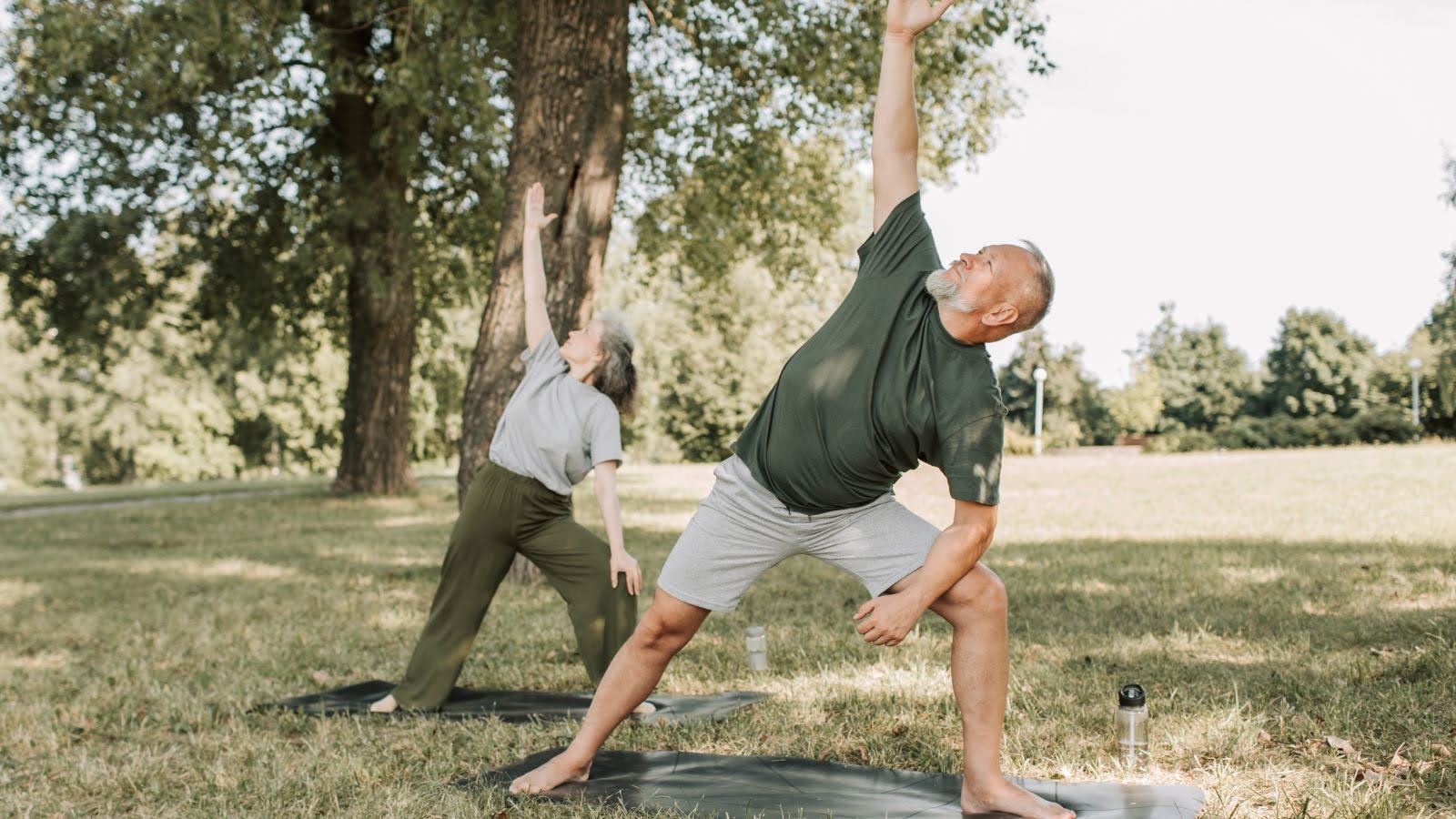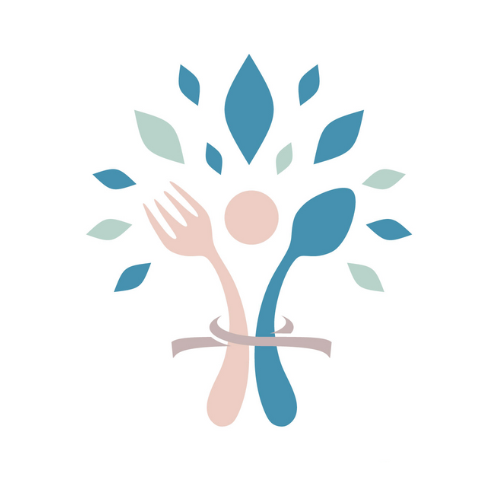06 Sep How to Reverse Type 2 Diabetes After 50: Practical Steps That Work
Have you ever wondered why losing weight and controlling your blood sugar seems harder as you get older? Perhaps you’ve tried countless diets, exercise routines, or supplements, only to feel frustrated when nothing seems to work. If this sounds familiar, you’re not alone—and it’s not your fault.
As a GP and founder of The Lifestyle Clinic, I’ve helped hundreds of people navigate weight loss, type 2 diabetes, and overall health challenges. Over time, I’ve learned that outdated advice often leaves people stuck. The good news? Your body is capable of change, and with the right approach, you can reverse type 2 diabetes naturally.
Why is type 2 diabetes harder to manage after 50?
After 50, hormonal changes, slower metabolism, and reduced muscle mass affect how your body processes glucose and stores fat. Increased insulin resistance and sensitivity to stress hormones can make traditional “eat less, move more” advice ineffective. By focusing on insulin sensitivity and reducing inflammation, you can regain control over your blood sugar levels.
How does post-menopause weight gain affect type 2 diabetes?
For many women, post-menopause weight gain seems to happen suddenly, especially around the abdomen. Even without eating more, fat accumulation increases insulin resistance, making type 2 diabetes harder to manage. Rather than strict dieting, strategies like improving meal quality, balancing macronutrients, and reducing stress can make a real difference.

Does exercise alone help reverse type 2 diabetes?
Exercise is excellent for overall health, but it’s not the main solution for reversing type 2 diabetes. Nutrition, sleep, stress management, and insulin sensitivity play a bigger role. Once your blood sugar stabilizes and energy improves, exercise becomes easier and more sustainable.
Why do diets often fail to reverse type 2 diabetes?
Many people rely on restrictive diets, which can trigger your body’s survival response, slowing metabolism and increasing hunger signals. Long-term success comes from understanding how your brain and body respond to changes, learning mindset skills, and creating an environment that supports healthy habits.
Is it too late to reverse type 2 diabetes?
Absolutely not. People in their 50s, 60s, and 70s have successfully reversed type 2 diabetes, reduced medications, and regained energy and confidence. The only real barrier is believing that change isn’t possible.

What is a different approach to reversing type 2 diabetes?
Since founding The Lifestyle Clinic in 2018, I’ve seen clients achieve results that once seemed impossible:
- One in three people reverse their type 2 diabetes.
- Blood pressure and cholesterol levels improve naturally.
- Energy levels increase, joint pain eases, and brain fog lifts.
- Many reduce or stop medications, including insulin.
These results aren’t about punishment—they’re about working with your body, not against it.
How can I start taking control of my type 2 diabetes today?
- 🎥 Watch the free Health Breakthrough Video Series to learn practical strategies.
- 📄 Download the Blood Sugar Guide PDF for step-by-step tips.
You can also watch the new YouTube video on hidden weight loss traps after 50 here: 4 Hidden Weight Loss Traps After 50.
It’s never too late. With the right support and strategies, you can take back control, regain your confidence, and create a future full of health and vitality.
